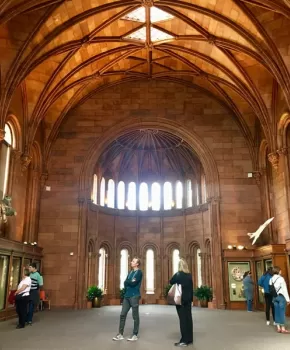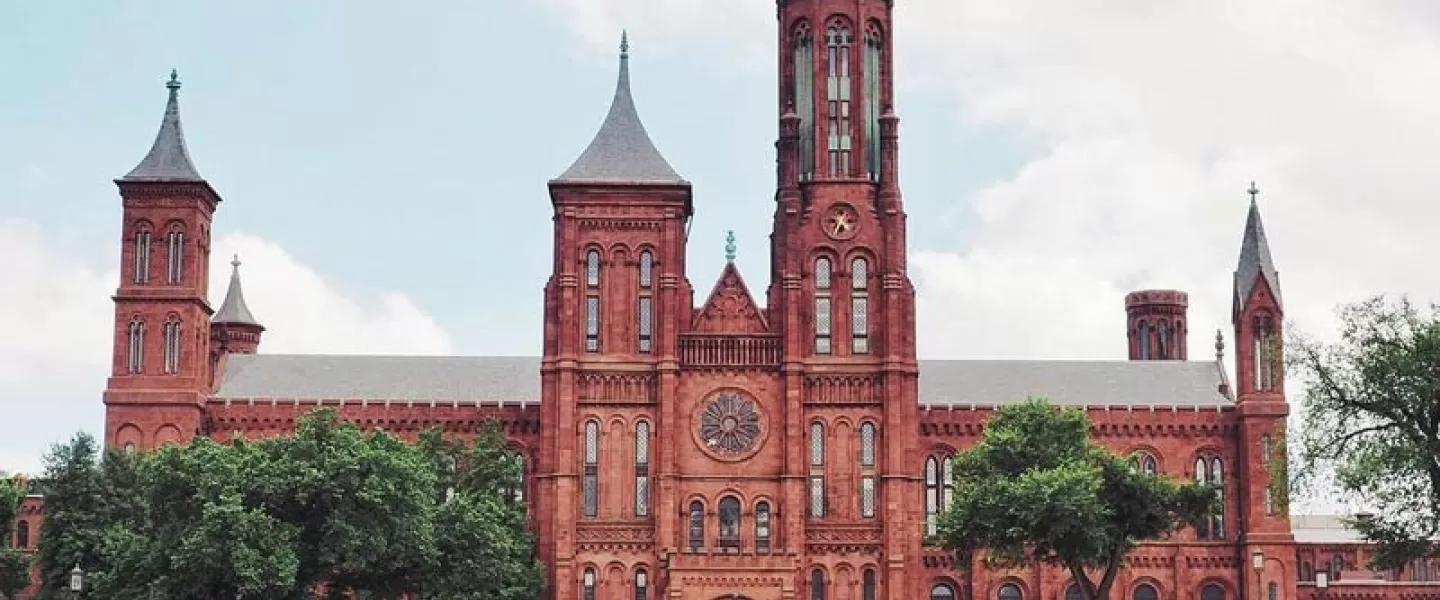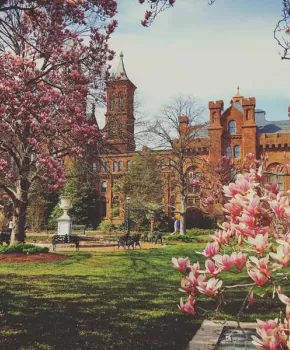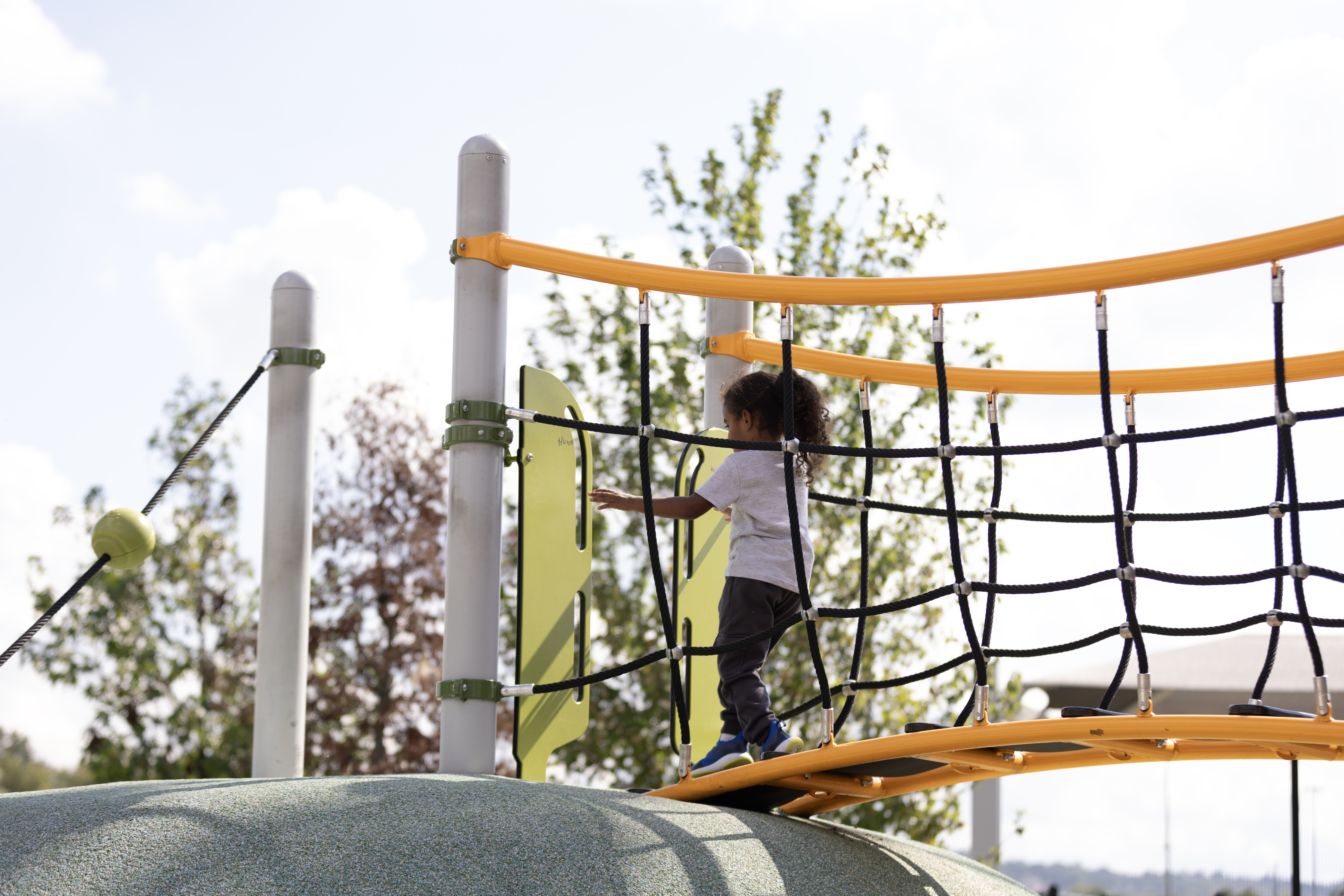At the National Mall’s iconic red building, learn about Smithsonian museums and the man behind them.
The Smithsonian Castle closed for a multi-year renovation on Feb. 1, 2023. However, the Castle will temporarily reopen to the public from Memorial Day through Labor Day in 2026, offering a visitor center, café, shop and a special exhibition. For more information, visit the Castle's webpage.
Brit benefactor and an American castle
For a man who never set foot in Washington, DC, French-born, British-raised James Smithson has had a huge impact on the city. The British scientist (1765-1829), an illegitimate son of a Duke, left his considerable fortune to a nephew with the stipulation that, were the nephew to die without heirs, the money go “to the United States of America, to found at Washington, under the name of the Smithsonian Institution, an establishment for the increase and diffusion of knowledge.” The nephew died, and a museum complex was born.
Why did Smithson leave such a large bequest to a place he’d never been? It’s a mystery, but theories abound. Perhaps he felt delegitimized by his homeland? Maybe he felt the U.S. might further science better than Europe?
The result of that gift, The Smithsonian Institution, was officially created by an act of Congress in 1846. Its first building, the distinctive red Maryland sandstone Smithsonian Castle, was completed in 1855. The towered, neo-Gothic structure, designed by up-and-coming New York City architect James Renwick, initially held the entire institution: a gallery, a natural history collection, a laboratory and even the first secretary of the organization’s apartment.

What’s inside the Smithsonian Castle?
While the Victorian arches and dark woodwork of the Castle suggest a bygone era, it now holds a thoroughly modern visitors center with interactive 3-D maps pinpointing and detailing the 17 DC-area Smithsonian Institution properties, including museums, galleries and the National Zoological Park.
Since most are on the adjacent National Mall, the maps can be particularly helpful for plotting a day of museum-hopping. Docents also man a help desk and distribute printed guides. There’s also a coffee and snack shop and a large seating area with free Wi-Fi, an ideal place to take a break and plan your next move, be it bug-viewing at the National Museum of Natural History or a dip into contemporary art the Hirshhorn Museum and Sculpture Garden.
Also housed in the grand, church-like structure is the exhibit A Castle of Curiosities, delving into the history of the castle and the little that is known of Smithson’s life. In the high-ceilinged rooms beyond, another exhibit, Welcome to the Smithsonian, holds art and artifacts representing all of the institution’s members in old-timey gleaming wooden display cases. Look out for the National Zoo’s “panda cam” showing its popular bears and ancient buddhas from the Sackler Gallery.
Perhaps most touching, the Castle also holds James Smithson’s crypt. Though he died in Genoa, Italy and was buried there, in 1905, he was reinterred in a marble crypt in a small, chapel-like room here. Pay tribute to him here, or by visiting the many museums his vision launched.






